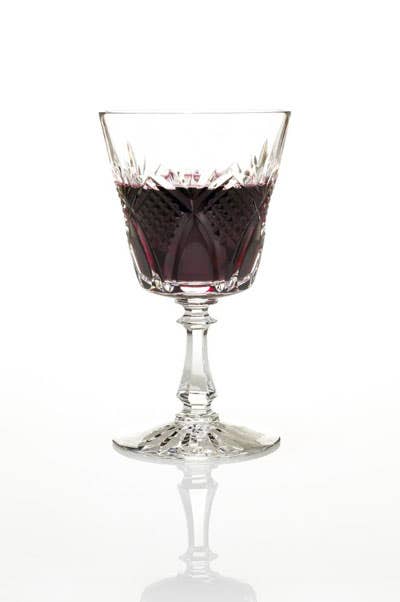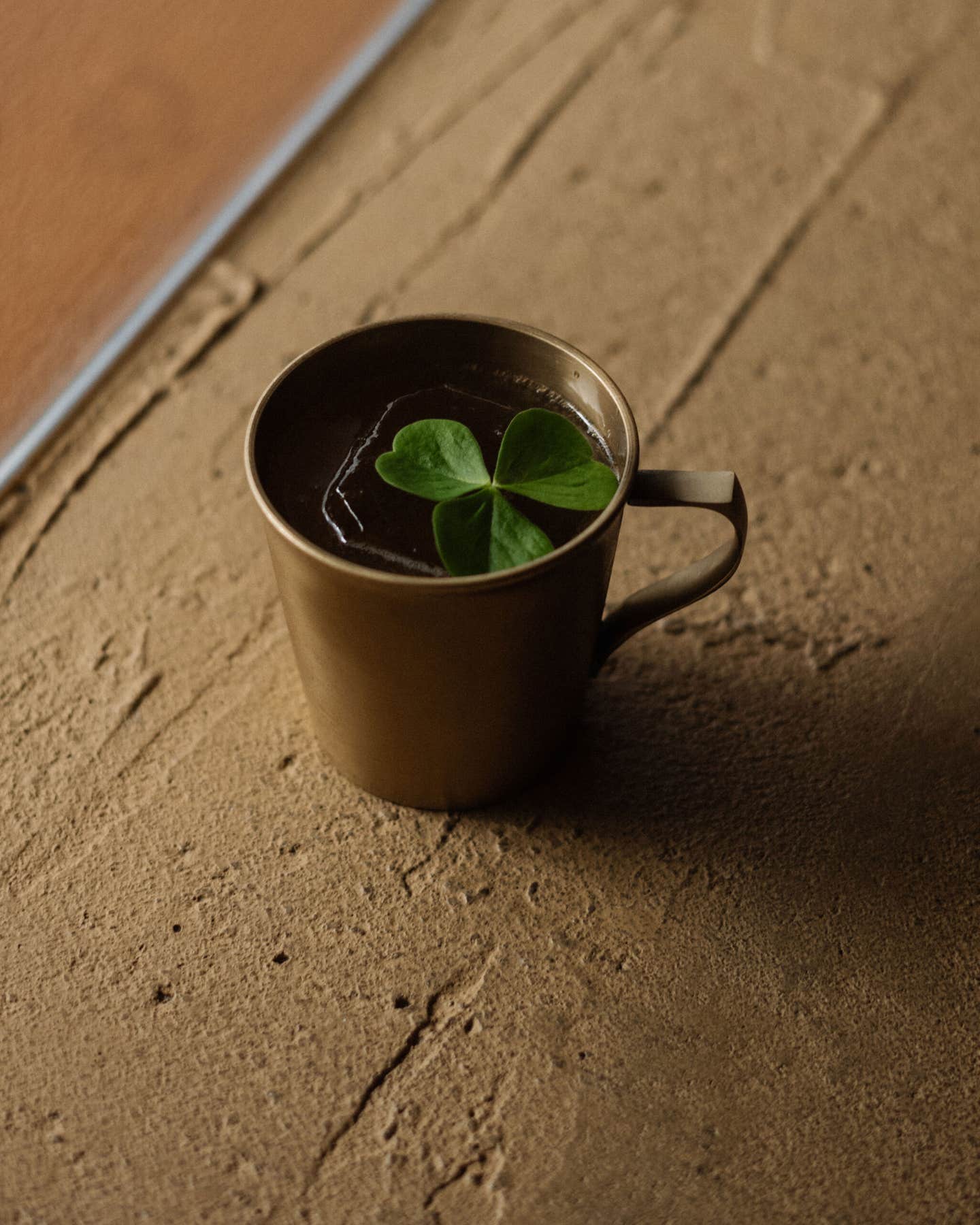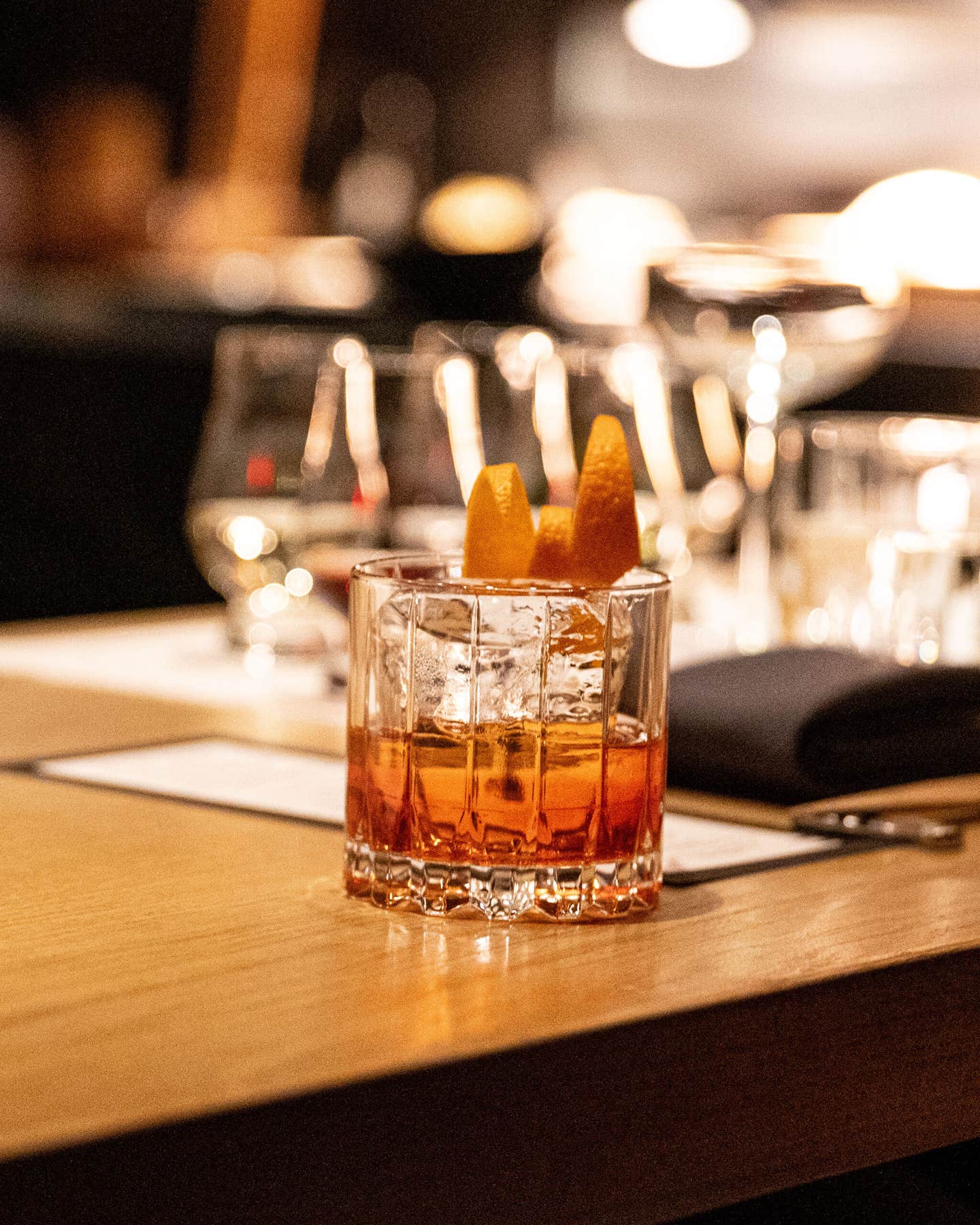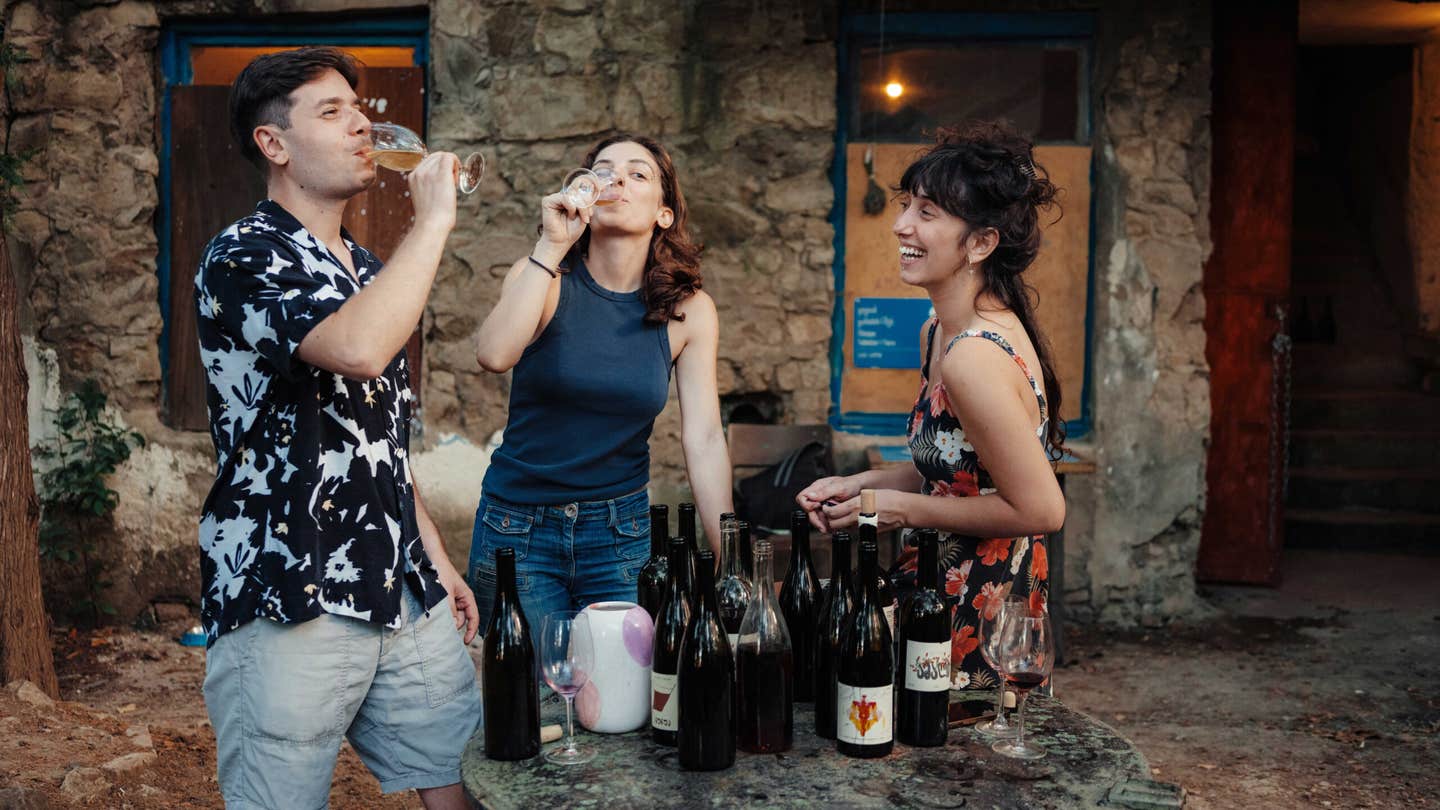
Languedoc-Roussillon, the southern French region that sweeps up along the Mediterranean, stretching from the Spanish border all the way to the western edge of the Rhone Valley, is the largest winegrowing region in France—the largest in the world, in fact. Winemaking there has undergone a remarkable transformation over the last 25 years. And of all the grapes grown in Languedoc-Roussillon, none illustrates that transformation better than carignan, a long-underappreciated, bold and spicy red wine variety that is finally coming into its own.
Truth be told, few people wax nostalgic about the old red wines of Languedoc-Roussillon. For hundreds of years, this part of southern France, sometimes called the Midi, was best known for its cheap plonk. Winemakers planted high-yielding vines with the goal of producing mass quantities of everyday table wine. The grape varieties aramon and alicante were always in the mix, later joined by a grape from Spain, cariñena, which came to be called carignan in France.
For centuries, the true identity of carignan, and its true potential, were completely misunderstood; it was thrown into the high-volume vat along with everything else. Then, in the late 20th century, as the wine drinkers of the world were turning from quantity to quality, many Languedoc-Roussillon producers decided to get with the times. High-yielding vines were ripped out in favor of high-quality ones that produced less fruit. The Languedoc-Roussillon producers of the 1980s began planting increasing amounts of syrah, grenache noir, and mourvedre, many of which were brought over from the Rhone Valley, because they produced the bigger, darker, fruitier wines that were then gaining in popularity all over the world. Some producers even took the internationalization a step further, planting such globally trendy varieties as cabernet sauvignon, merlot, and pinot noir.
The problem was, the new wines from Languedoc-Roussillon could have been from anywhere, New World or Old. Since the old wines of Languedoc-Roussillon weren't really worth returning to, winemakers in the region interested in producing wines that tasted of their place would have to establish a new tradition, one in keeping with the lean, subtle style of winemaking associated with southern France, one that would make the best use of the specific conditions in Languedoc-Roussillon. And this is where carignan comes back into the picture. If Languedoc-Roussillon had a traditional grape, this was it; it was already known to thrive in the region's hot, arid climate. So a few curious winemakers began taking another look, and they discovered they had a better grape on their hands than they'd ever imagined.
What they came to realize was that lower yields of carignan would produce wines of much higher quality, and that letting carignan stay on the vine until it's fully ripe is the only way to bring out its unique flavor profile. With proper handling, carignan can go from the grape behind dark, dull wine to a grape that produces wine full of cherries and berries in youth and that takes on characteristics of earth, truffles, barnyard, licorice, and spice with a few years of age. What's more, fully ripe carignan has a great capacity to retain its very good acid levels, which means that late-harvest carignan is refreshing as well as complex.
Still, most of the wine that we see stateside from Languedoc-Roussillon belongs to the fruit-bomb genre, made from varieties like mourvedre and grenache. And Languedoc-Roussillon classifications are infernally difficult to read, making it hard to know what's a carignan and what's not. In this vast region there are 46 wine appellations, numerous sub-appellations, and some 53 different Vins de Pays ("country wine") designations. Most bottles won't tell you what grapes are inside (a reticence that is traditional in France).
There are, however, a few helpful strategies for getting your hands on carignan from Languedoc-Roussillon. Obviously, if you do find a bottle that announces carignan on the front label, grab it—it's a safe bet that it contains 100 percent carignan. And if you don't find carignan listed on the front of a bottle, you may be able to find a breakdown of varieties on the back; if it says 30 percent carignan or more, there's a good chance the wine will exhibit that telltale carignan balance of fruit, spice, and acidity.
Your next strategy involves appellations. Some are more likely than others to have older plantings of carignan, which tend to produce wines with plenty of concentrated fruit to balance the grape's vigorous acidity. My favorite carignan appellation is Corbieres, a wild, forlorn place about 60 miles north of the Spanish border. Some call the wines "chunky," but "European rustic" would be a better term for their robust tannins and earthy notes. This is a stronghold of carignan, with many of the appellation's blends featuring as much as 50 percent of the grape. It's also worth seeking out wines from St-Chinian, in the central part of the appellation. The soil here contains a lot of schist; to reach past that rock to groundwater, the vines send out deep taproots. This ultimately strengthens both the vines and the wines, which tend to be long agers. And because St-Chinian is not as well known as Corbieres, there are great values to be had. Faugeres, near St-Chinian, is another good bet for round, balanced, full-bodied wines made with a large percentage of carignan.
Minervois is the best-known appellation in Languedoc-Roussillon, but I'm not, as a rule, a fan; too often I see the big-fruit excesses of winemakers on an internationalist tear. But this is far from true of Burgundians Anne Gros and Jean-Paul Tollot, who recently started making wine in Minervois. Their spicy 2008 Les Carretals is the most exciting carignan I've tasted.
I'm grateful that many Minervois producers haven't been listening to the authorities, who, failing to grasp carignan's potential, have been advising winemakers for the past 25 years to tear out their old carignan vines and plant other varieties. Gros and Tollot's neighbor Nicole Bojanowski, of Clos du Gravillas, decided to plant mourvedre, syrah, and cabernet when she began making wine in Minervois in the late 1990s. While she waited for those vines to grow, she started playing around with a couple of hectares of old carignan on her property and found that what she'd been told was a garbage grape was capable of producing beautiful wine. Today, Bojanowski and her husband, John, make great wine on one of the region's flagship carignan estates, and the number of carignan-dominant wines produced in Languedoc-Roussillon has grown from maybe 20 to something like 300.
"The region's warm weather and abundant sunshine suit this late-ripening grape very well," John Bojanowski told me recently. "Carignan was adapted to the climate, not the market." For me, it's impossible not to love a grape so stubbornly rooted in its place.
Keep Reading
Continue to Next Story










